Interview with Margarita Pérez-Villegas, director of CaixaForum Palma
“Very happy to be able to do everything we do, to be ready for whatever may come and helping life continue”. This is how Margarita Pérez-Villegas, director of CaixaForum Palma, feels. At all times, remember that the cultural center is “exemplary” complying with security measures “so that people can enjoy and feel safe and calm” on the CaixaForum network: “A unique model for the dissemination of knowledge, culture and science as an engine for improvement and progress of society”.
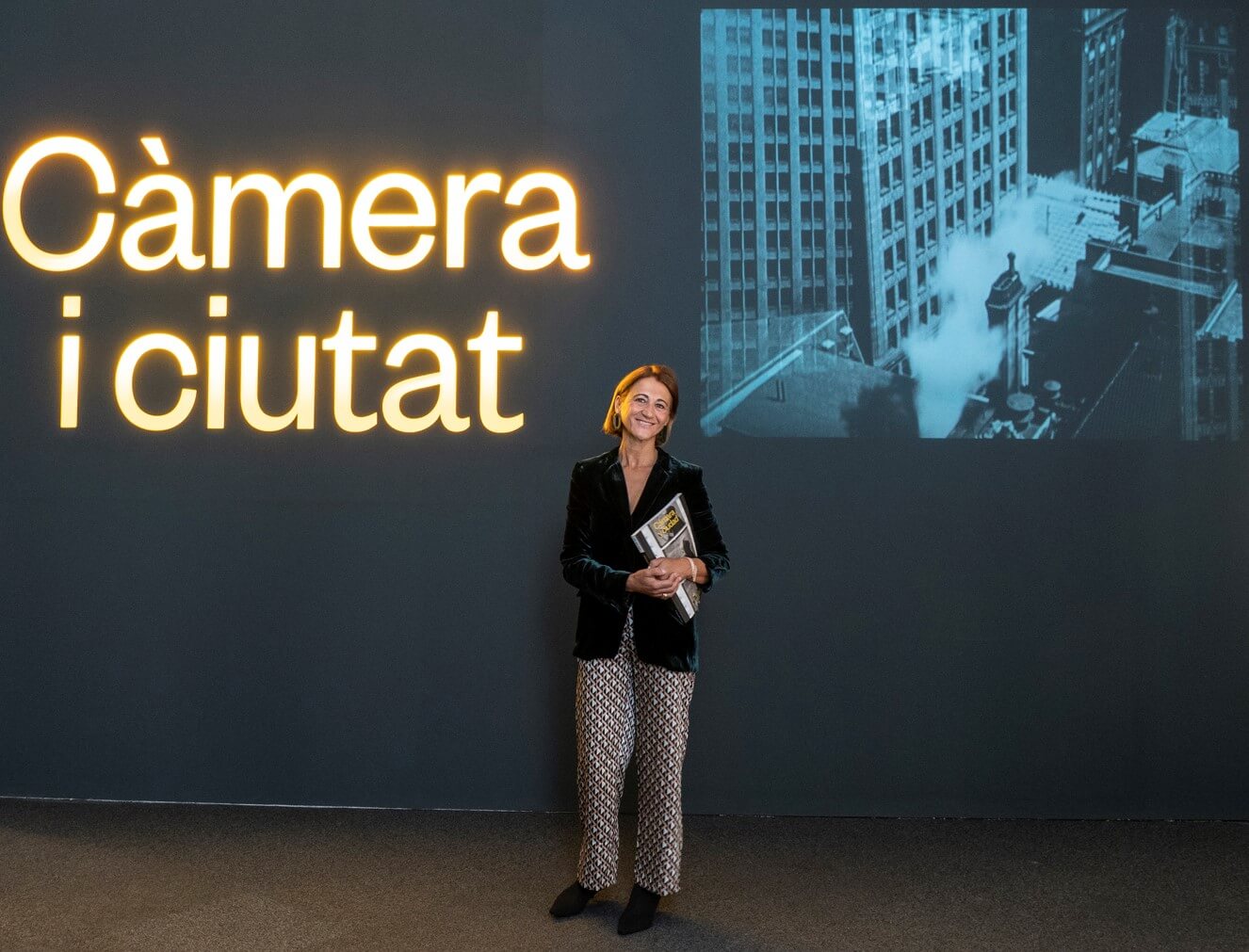
Margarita Pérez-Villegas, during the presentation of “Cámara y ciudad”. Photo: CaixaForum
What is the current situation and what projects is CaixaForum Palma running right now?
After the outbreak of the pandemic, we have had to adapt to the current situation and conjuncture. This has allowed us to innovate, incorporate new content related to the current moment. We are very lucky to have a network of agreements and collaborations with the great museums such as the Louvre, the British Museum or the last agreement that was signed, with the Pompidou center. As a result of this collaboration, we have been able to inaugurate the magnificent exhibition “Cámara y Ciudad. Urban life in photography and cinema”.
What can the viewer see in this exhibition?
Explore the intense relationship of photographers and filmmakers with the modern city in the last century. The different areas detail how photography has documented the euphoria of the metropolis, the solidity of the modern city, cities in full expansion… Even the melancholy generated by their decline. We have found it very interesting to also incorporate a section with works by photographers made during lockdown, which makes it more attractive.
“Cámara y ciudad” is not the only proposal that the visitor will find…
The visitor not only enjoys the wonderful exhibition on the history of the cities with renowned photographers. At the same time, we have a new speech in our permanent room that is born as a result of the health crisis. In the previous exhibition, “Blau. The color of modernism”, we exhibited La cala Encadada, by Joaquim Mir, a loan from the Enaire Foundation. As a result of this collaboration, a new project and agreement signed with Fundación La Caixa and Fundación Enaire has emerged. We have kept the work on loan for another year and we have just inaugurated the dialogue of the landscape of Storm on the beach, by Anglada-Camarassa, with Joaquim Mir’s Enchanted Cove. A representative group of painting that was developed on the island in the first half of the 20th century.
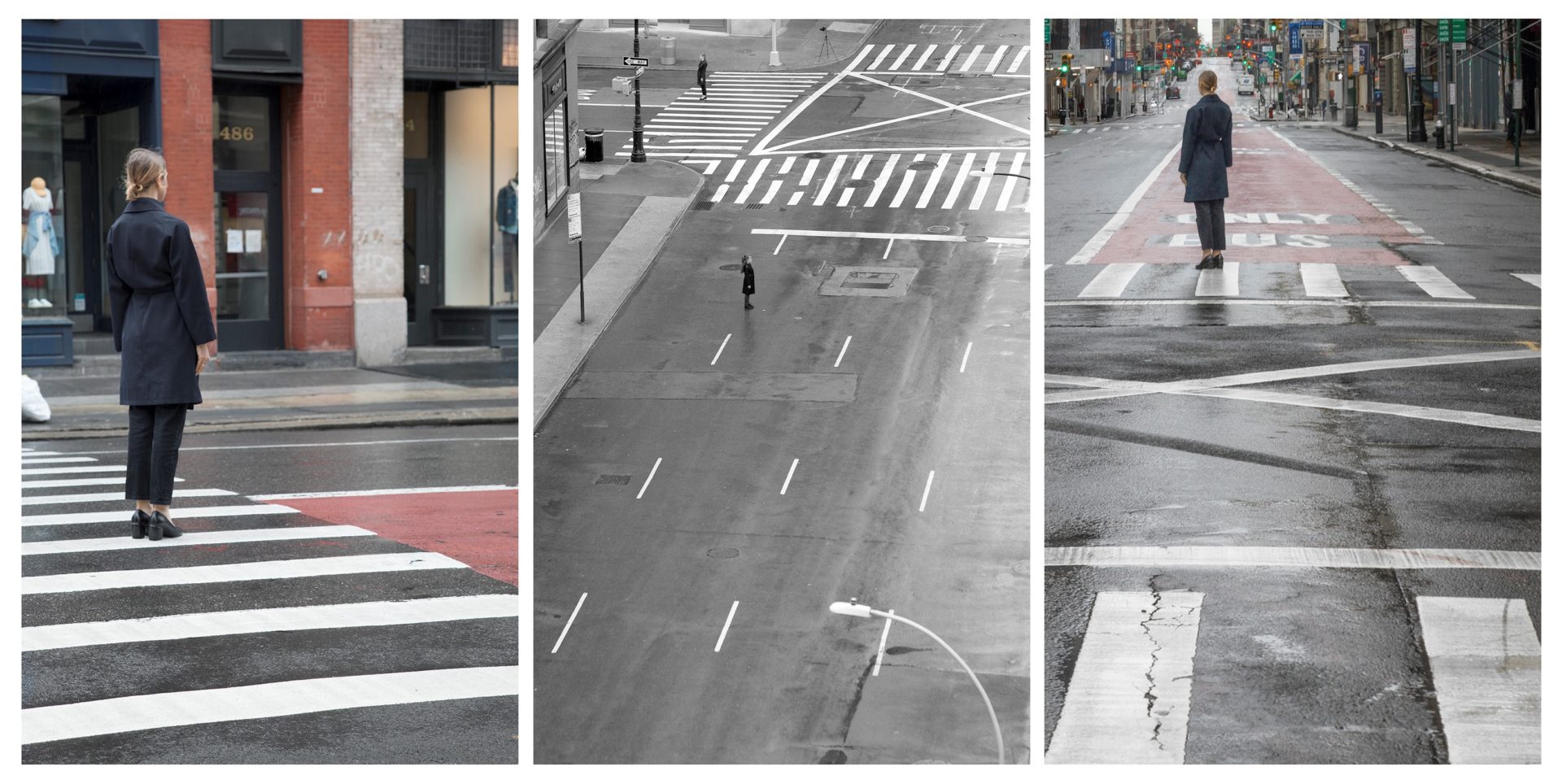
Barbara Probst, Exhibition 152: New York, Broadway and Broome Street, 04/18/2020, 10:46 am 2020. Courtesy of Kuckei + Kuckei, Berlin for CaixaForum, included in the exhibition “Camera and city”.
How has the public’s response been during these months?
Since we reopened the center on June 1, the response from the public has been wonderful. We started only with visits to exhibitions. As we could not have commented visits or activities, we reinvented ourselves and established the figure of the educator in the room, who acts as a mediator and accompanies the visitor on the tour. If you want something specific to be explained to you, or any concerns, you can ask, in order to make you feel very, very comfortable and safe. In the reviews, the visitors have reflected that they love this proposal, as it is a more open format in which they can ask and learn.
Little by little, the program includes more cultural activities…
The CaixaForum experience goes beyond exhibitions. We have a wide and varied offer. We have gradually started to incorporate new activities, always taking into account the allowed capacity and the safety distance. Fabulous cycles of literary universes with Javier Sierra, Ana Merino, Manuel Vilas… During the following weeks, we continue with the educational offer. Schools are responding very well, because they are already starting to make outings and reserve places to attend scientific workshops, visual arts, technology… They are aimed at both the school public and the family public.
Meetings, virtual visits… How is the process of adaptation to new habits being?
We have had to reprogram and adapt everything to what we now have to live. We organize conferences, dialogues… The presentation of “Camera and city” took place with a press conference in which the Pompidou curator participated through a video call and myself, in person. It was phenomenal. This is not the future, it is the present.
Heading to Christmas, what are you preparing? Anything you can tell us about?
We are organizing many activities. From Petit Cinefils, micro concerts, the activity “1, 2, 3, Folk!”, Which will be great… Now we are very up to date with the programming, but without stopping. There are many changes and it is not easy to manage uncertainty, make decisions that have to be changed on the same day. I recommend visiting our website to keep up to date with all the programming. We have taken the digital transformation very seriously to create unique and irreplaceable experiences that do not replace the face-to-face, but are complementary. We are creating a digital CaixaForum, which is enriched with new digital, audiovisual, participatory content…
- Exhibition “Camera and city. Urban life in photography and cinema. Photo: CaixaForum
How do you assess the future of the cultural sector and what can be done to survive this situation?
The cultural sector is one of the most flexible and we have an enormous capacity for innovation. This is key to connecting with the public. Also the challenge of improving the communication factor between professionals and new audiences. In conclusion, we are living a common reality that affects us all and should help us to think about what can be done as a shared humanity. As a cultural institution, we have to respond as an element of healing and tolerance. Culture is the most socially cohesive tool and one of the most necessary. In fact, it has been the great ally for all people during lockdown. All this has given us the opportunity to innovate. We are responding to what the public demands because people, joining all sectors, make progress.
Is there a message that is important to convey to the public?
We are here for them. Without public this has no sense. At CaixaForum we have an environment where they will find quality content and activities for all segments, with the tranquility and security that it is a totally safe environment in which they will feel very comfortable. We do everything for the public and, for the moment, we feel they are thanking it.

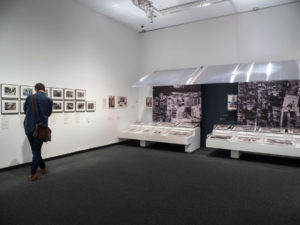
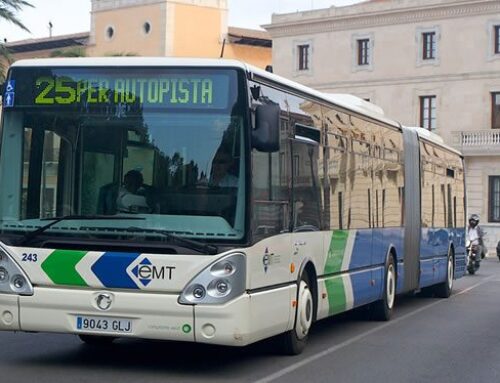
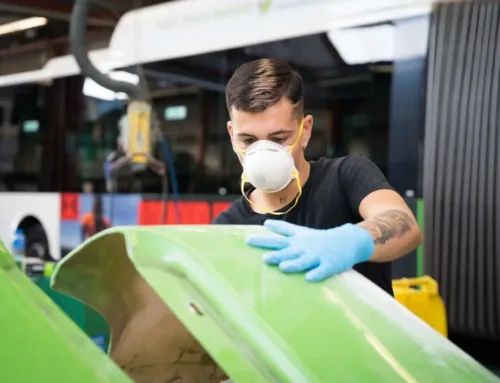
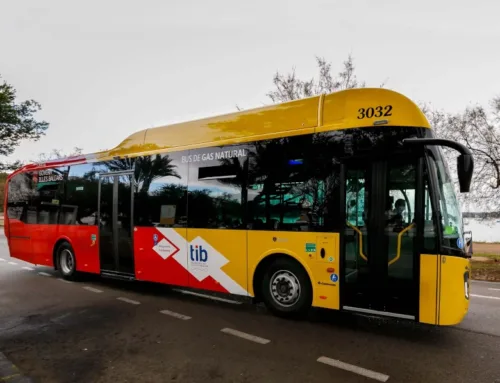
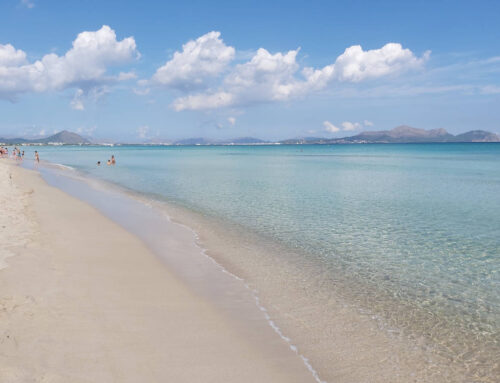
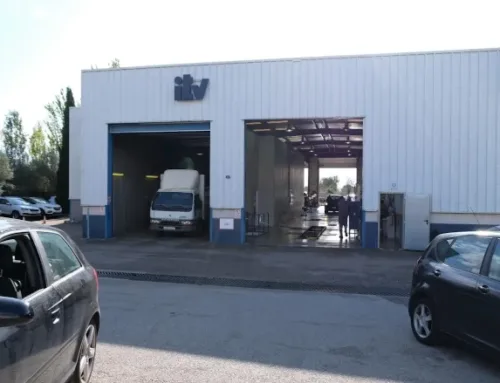

Leave A Comment